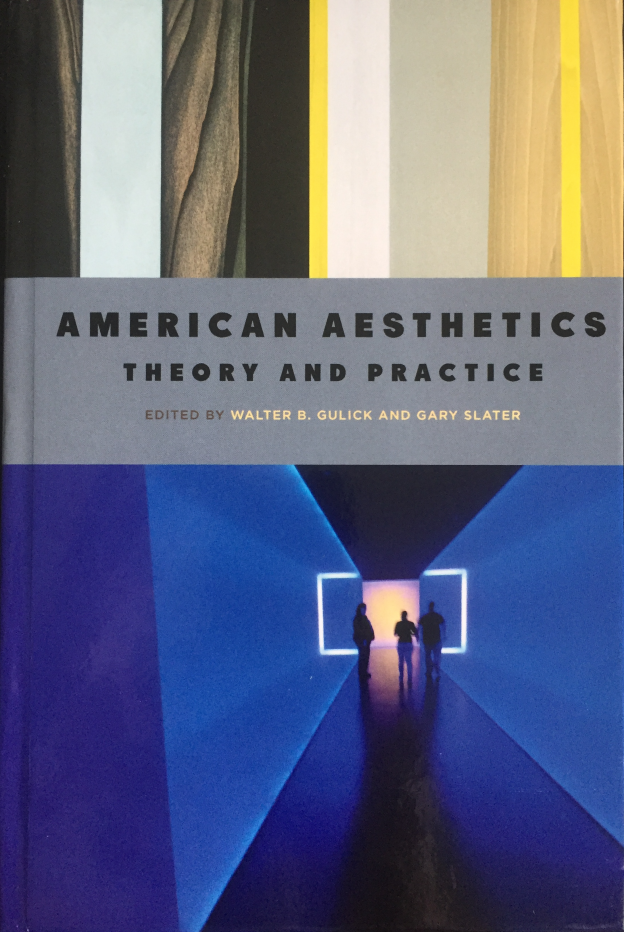Recently published by SUNY Press, American Aesthetics: Theory and Practice explores the distinctive contribution to philosophical aesthetics made by the American philosophical tradition, including especially philosophical pragmatism and process philosophy. What follows is an abridged transcription, lightly edited to increase clarity, of David Rohr’s interviews with the volume’s editors, Walter Gulick and Gary Slater. An abridged video of the interviews can also be viewed below.
Dave Rohr:
So I’m here with Dr. Walter Gulick, Emeritus Professor of Philosophy at Montana State University, Billings, and we’re here to discuss this volume that just came out, American Aesthetics: Theory and Practice, which he edited with Gary Slater. So thank you so much for being here and being a part of this interview. I want to start with a very broad question. A lot of people who see this interview might not have any background for understanding what this book is all about. So, could you say a little bit about your understanding of philosophical aesthetics? What’s its purpose? How does it relate to art, art creation, and going to museums and whatnot?
Walter Gulick:
Well, the basic idea behind the book is that there’s a very rich tradition within American pragmatism primarily, and to some extent process thought, that has been overshadowed by a lot of recent, more analytic approaches to aesthetics. There’s a sense of reclaiming the importance of the American aesthetic tradition for a number of reasons. One is that it’s a very comprehensive kind of approach where it looks at aesthetics, not just narrowly as about beauty as is so often done, but sees it as embedded in perception as such, and particularly in perception as it becomes more clarified. So for me, notions like coherence, for instance, a very basic notion to philosophy and to argumentation is basically an aesthetic kind of evidence. It’s based on a feeling of completeness and comprehensiveness and so forth. And there are lots of ideas like that that I think are essentially aesthetic in their character that get set aside when aesthetics is looked at only as a study of the arts and so forth. Now this book, American Aesthetics, is primarily about how aesthetics relates to the arts, but not entirely. For instance, there are three essays by Thomas Leddy, David Strong, and Robert Corrington that looked at aesthetics as connected to how we live our lives. I love that kind of approach. But there are sections that are about theoretical approaches to aesthetics. So we had people like Wesley Wildman, for instance, Robert Neville or Randy [Auxier) or Nicholas Gaskill or Gary Slater who are setting forth a broader theoretical approach to aesthetics. But they’re also, and this I think is very important about the book, there’s also an emphasis upon how it’s all practice.


